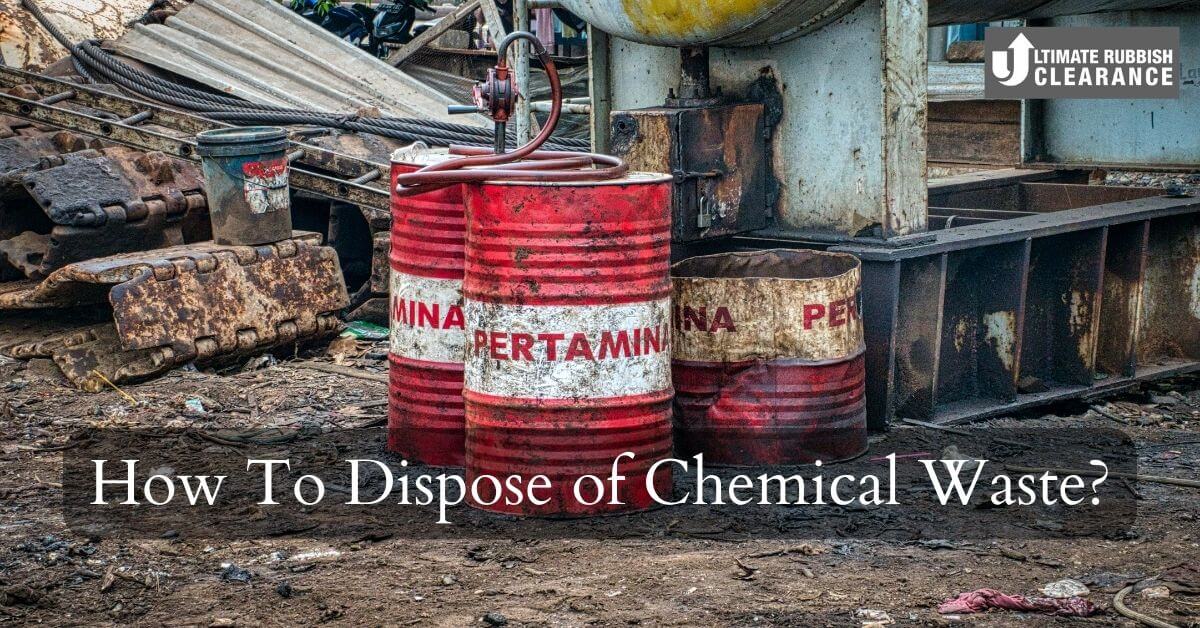Chemical wastes are harmful to humans and the environment, either immediately or over an extended period. You need to safely treat, dispose of, or recycle chemical wastes like all other hazardous waste.
Hazardous wastes like chemical waste fall into one of these categories:
Always dangerous – lead-acid batteries, fluorescent tubes.
Never unsafe – edible oil.
Maybe hazardous (assessment needed) – ink, paint.
Some chemicals are fire hazards, including paint thinners and petrol. They fan the fire to spread rapidly. When storing these dangerous wastes, the packaging and sawdust materials can also bring severe hazards if you don’t manage them properly.
Let’s discuss in detail how to dispose of chemical waste like these:
How To Dispose Of Chemical Waste
It is essential for companies that work with and recycles waste materials to identify the hazards and assess the risks adequately. They need to understand hazardous waste and properly handle and dispose of it.
If your business produces, transports, or collects dangerous waste, you have specific obligations under the Hazardous Waste Regulations. You must provide safe and secure working practices to handle hazardous wastes and ensure they are stored, sorted, and transported perfectly.
Waste-management sites managing chemicals must prevent accidents resulting from the disposing of hazardous substances or unintentional, poorly planned mixing of multiple, incompatible substances.
You will always need treatment, storage and disposal of hazardous substances. There are several dangerous waste management options available, among which reducing waste quantity from source or recycling them is the first choice. But they are not the final solution to the problem.
Treatment
First, there is hazardous waste treatment on how to dispose chemicals. You can treat hazardous waste by chemical, biological, thermal, and physical procedures. The chemical procedure includes ion exchange, oxidation, reduction, precipitation, and neutralisation.
The thermal process includes high-temperature incineration–it detoxifies particular non-chemical wastes and destroys them. Waste-managment companies use special types of thermal equipment to burn trash in all forms.
Biological treatment is another option for particular non-chemical wastes. The waste-management companies mix the waste with soil and add microbes and nutrients to metabolise. It’s called landfarming.
Sometimes they also use genetically engineered bacteria species. Microbes stabilise hazardous waste materials on already contaminated sites. It is called bioremediation.
Physical treatments reduce the amount of hazardous waste. They include evaporation, flotation, sedimentation, and filtration. All these treatment methods change the particles of hazardous waste.
Solidification includes encapsulating the waste in concrete, plastic, or asphalt. Encapsulation produces a solid mass of material resistant to leaching. You can mix lime, water, and fly ash with the hazardous waste and form a cement-like material.
Storage and Disposal
Next on how to dispose of hazardous waste, there is land disposal and storage. Land disposal is the end of the line for chemical waste disposal despite some environmental risks. You cannot wholly eradicate hazardous waste by incineration; they need to be disposed of properly. Landfilling and underground injection are two basic methods of chemical waste disposal. Surface storage is a temporary method.
Temporary waste storage facilities include open waste piles and ponds or lagoons. You can store solid waste material in a new waste pile. You must carefully build a new waste pile over waterproof ground and relent with the regulatory requirements same as landfills. If they generate leachate, you must provide monitoring and control systems for them.
Typical temporary storage for liquid waste is called a lagoon. A lagoon provides a little bit of sedimentation, evaporation, and aeration, but technically it doesn’t offer any waste treatment.
New lagoons are lined with impenetrable clay soils with membrane liners and protect groundwater. You must remove accumulated sludge periodically. Groundwater monitoring wells are needed to establish a leachate collection design between the liners.
Many ancient sites worldwide are scheduled for cleanup or remediation worldwide. There are old, soft waste piles and lagoons mixed with the groundwater used for public water supply. They pose considerable risks to the quality of general health and the environment.
Secure landfills
Finally, there is securing landfills on how to dispose of contaminated waste. Landfilling of hazardous waste is regulated more strictly than municipal waste. You must dispose of dangerous debris in secured landfills, providing a minimum of 3 meters or 10 feet of partition between the landfill’s base and the groundwater table under the landfill.
A secured hazardous-waste landfill should have double impenetrable leachate accumulation systems and liners. The two leachate accumulation systems consist of penetrated pipes set above the liners. The lower system acts as a backup, whereas the upper one prevents the assemblage of leachate entrapped in the landfill.
Then you have to pump the leachate you collected to a treatment plant. Then, place an impenetrable cover to reduce the leachate in the landfill and minimise any potential environmental damage.
A groundwater monitoring system, including some in and above deep wells drilled into the ground, is also required. The wells have an in-built sampling and testing system that detects any leaks or contamination. If, unfortunately, a leak occurs, you can easily pump the wells and block the contaminated water to bring it back to the exterior for treatment.
Another option for disposing of hazardous substances like liquid chemical waste is injecting a deep well. The procedure includes pumping the liquid waste via a steel container into a spongy layer of sandstone or limestone. Then, you will need to apply high pressure to push the liquid inside the cracks and pores of the gravel, where you will permanently store it.
The injection site must be below the layer of impenetrable rock. It may expand approximately 0.8 km or 0.5 miles under the surface. This process is cheap and doesn’t need pretreatment of the waste. It poses the risk of leaking dangerous waste and polluting the subsurface water.
To Conclude,
Now that you know how to dispose of chemical waste, we hope you’ll be more careful while handling these hazardous chemical wastes and follow the regulations perfectly.
If you liked this article, you might enjoy our blogs, too. Let us know if this article benefited you.






